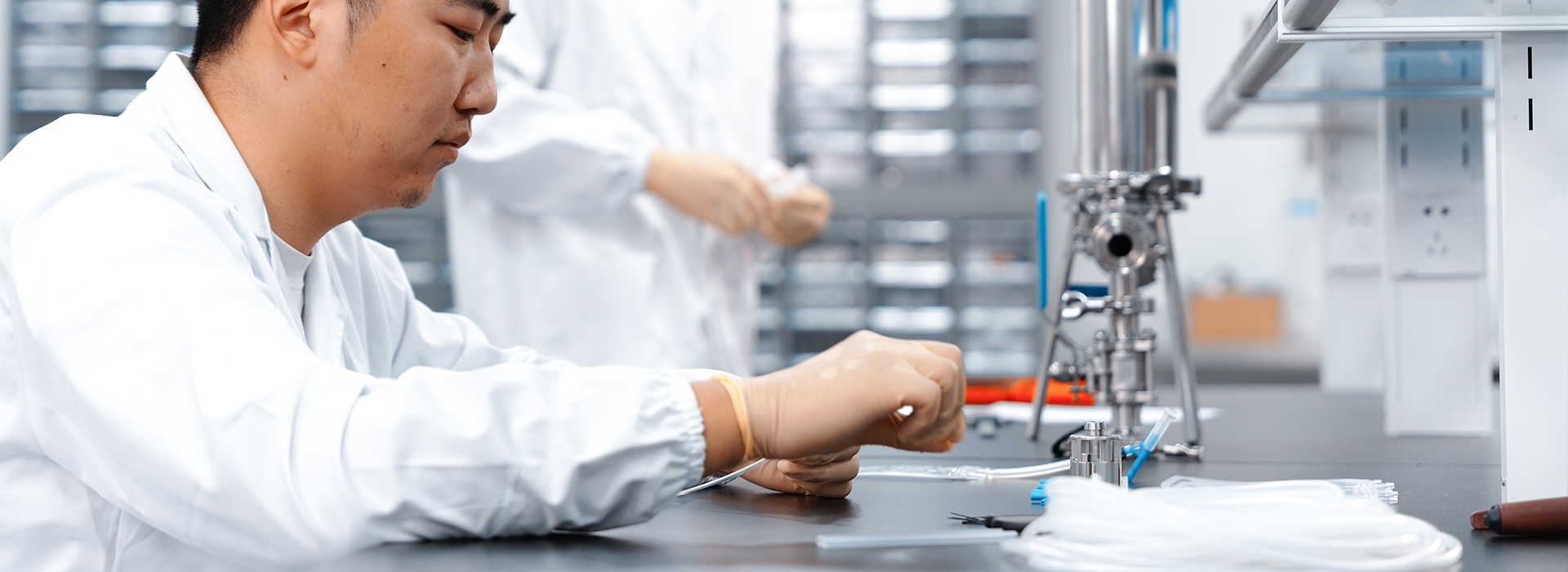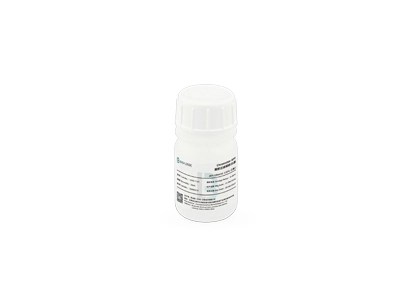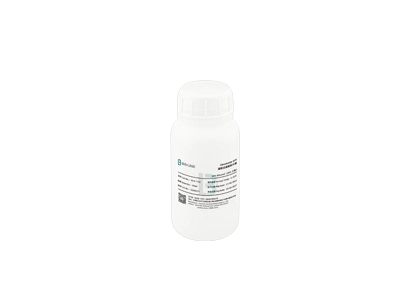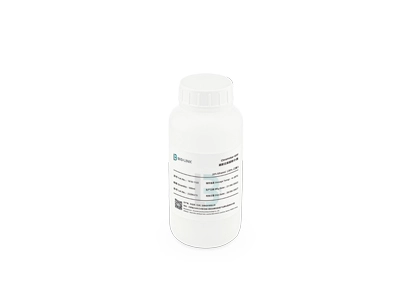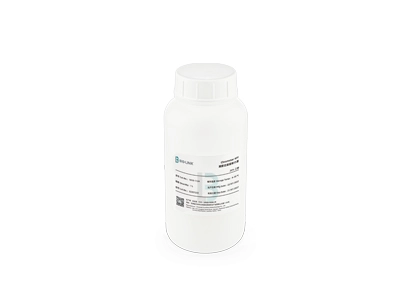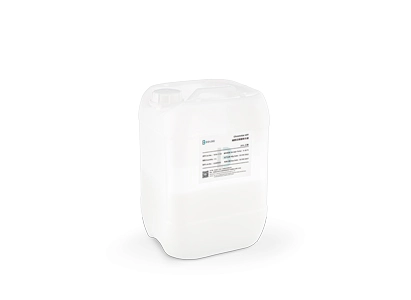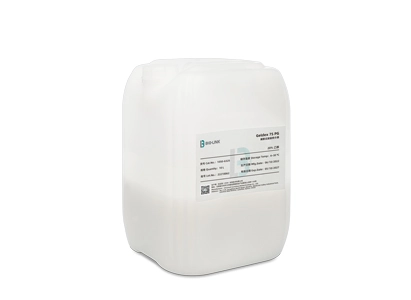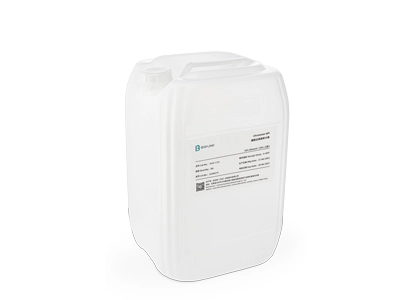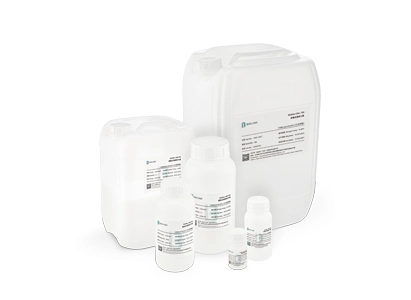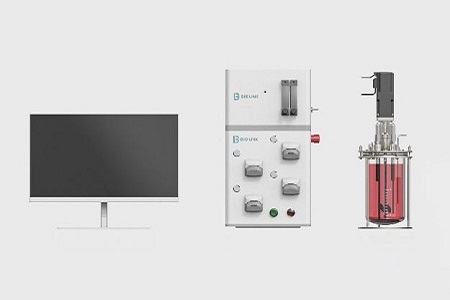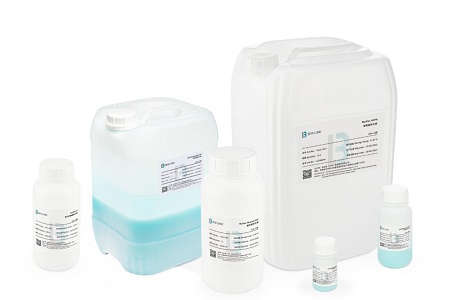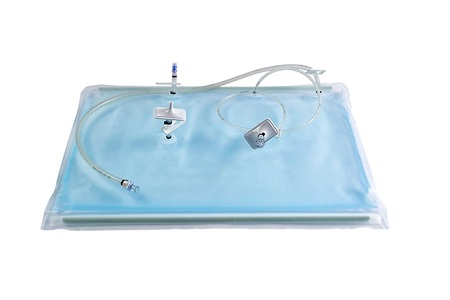×
Single-Use Bioprocess Products
Cell Culture Products
Protein Chromatography
Processing Filtration
Single-Use Bioprocess Bags and Bottles
Single-Use Mixing System
Aseptic Connect & Disconnect
Bioprocess Supporting Vessels
Cell Culture Bioreactors
Cell Culture Bag
Puredex® Cyto-1 Microcarrier
Chromatography Column
Prepacked Column
Size Exclusion Chromatography Resin
Ion Exchange Chromatography Resin
Affinity Chromatography Resin
Hydrophobic Interaction Chromatography
Multimodal Chromatography
Polymer Chromatography
Bioprocess Filtration Fixture
Hollow Fiber Filter
Filration System
BioHub®2D Single-Use Storage Bags
BioHub® 3D Single-Use Storage Bags
NovaLinX® Nuclease-free Single-Use Bioprocess Bags
BioHub® Single-Use Storage Bottles
BioHub® MB Single-Use Mixing Bags
BioHub® S Sterile Sampling Bags
BioHub® S Sterile Sampling Bottles
BioHub® BM Single-Use Magnetic Mixing System
BioHub® DS Single-Use Split Desktop Mixing System
BioHub® Sealer
BioHub® Welder
BioHub® SC Sterile Cutter
3D Round Plastic Lab Support Bucket
3D Square Plastic Lab Folding Bucket
3D Stainless Steel Lab Support Barrel
2D Plastic Lab Tray
2D Cryoprotective Lab Case
2D Stainless Steel Lab Tray
CytoLinX® GB 1-20 L Benchtop Glass Bioreactors
CytoLinX® BR 50-2000 L Single-Use Bioreactor
CytoLinX® WB Single-Use Rocking Bioreactor
CytoLinX® WB Single-Use Cell Therapy Bags
CytoLinX® WB Single-Use Cell Culture Bags
Chrom-LinX® Laboratory Scale Empty Chromatography Column
Chrom-LinX® Manual Compression Chromatography Column
Chrom-LinX® Auto Automated Chromatography Column
PuriLinX® Benchtop Chromatography System
ChromaX ™ Geldex Prepacked Column
Chrom-Trap® & Chrom-Screen® Prepacked Column
Chromstar® FF Resin for Size Exclusion Chromatography
Chromstar® CL Resin for Size Exclusion Chromatography
Chromstar® B Resin for Size Exclusion Chromatography
Geldex® PG Resin for Size Exclusion Chromatography
Puredex® G Resin for Size Exclusion Chromatography
Puredex® LH-20 Resin for Size Exclusion Chromatography
Maxtar® Resins for Ion Exchange Chromatography
Maxtar® HR Ion Exchange Chromatography
MaXtar® HR XL Resins for Ion Exchange Chromatography
Chromstar® BB Resins for Ion Exchange Chromatography
Chromstar® FF Ion Exchange Chromatography Resins
Chromstar® HP Ion Exchange Chromatography Resins
Chromstar® XL Resins for Ion Exchange Chromatography
Puredex® Ion Exchange Chromatography Resins
MaXtar® ARPA Affinity Chromatography Resins
MaXtar® rProtein A Affinity Chromatography Resins
MaXtar® Protein G Affinity Chromatography Resins
rProtein A Chromstar® FF Affinity Chromatography Resins
Protein G Chromstar® 4FF Affinity Chromatography Resins
Protein G Chromstar® HP Affinity Chromatography Resins
Ni Chromstar® Affinity Chromatography Resins
IMAC Chromstar® Affinity Chromatography Resins
MaXtar® Chelating Affinity Chromatography Resins
Chelating Chromstar® FF Affinity Chromatography Resins
Glutathione Chromstar® Affinity Chromatography Resins
MaXtar® PlasmidCap HR Affinity Chromatography Resins
PlasmidCap Chromstar® HP Affinity Chromatography Resins
MaXtar® Heparin Affinity Chromatography Resins
Heparin Chromstar® Affinity Chromatography Resins
Benzamidine Chromstar® 4FF Affinity Chromatography Resins
MaXtar® Blue Affinity Chromatography Resins
Blue Chromstar® Affinity Chromatography Resins
NHS Activated Chromstar® 4FF Affinity Chromatography Resins
CNBr Activated Chromstar® Affinity Chromatography Resins
MaXtar® Hydrophobic Chromatography Resins
MaXtar® HR Hydrophobic Chromatography Resins
Chromstar® FF Hydrophobic Chromatography Resins
Chromstar® HP Hydrophobic Chromatography Resins
MaXtar® MMC Multimodal Chromatography Resins
Maxtar® COLL Multimodal Chromatography Resins
Maxtar® MMA Multimodal Chromatography Resins
Hydroxyapatite BARONHAP™ Type I&2 Multimodal Chromatography Resin
Maxgo® 15S Polymer Chromatography
FiltraLinX® Depth Filter Holder (Type P3C)
Depth Filtration Bioprocess Fixture Type M
FiltraLinX® Virus Filter Holder
FiltraLinX® Tangential Flow Filtration Holder
TFFNOVA® Hollow Fiber Filter
FiltraLinX® Benchtop Manual Hollow Fiber TFF System
FiltraLinX® Benchtop Semi-Automatic TFF System
FiltraLinX® Benchtop TFF System

